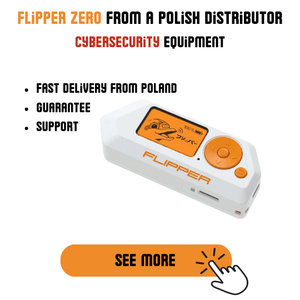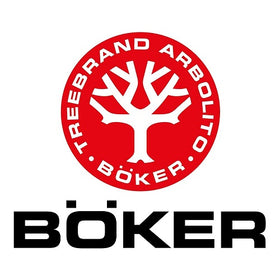
What is an RFID card, how does it work and what is it for?
What is an RFID card ? Radio Frequency Identification technology has been making everyday life easier and safer for years. Check how an RFID card works and what it is actually used for. By reading this entry, you will learn about the powerful possibilities that a small and inconspicuous RFID card has and what makes it change the approach to identification and data management.
RFID card – what is it?
This tool is considered by many people as a kind of key with great possibilities. Every day, RFID cards are used in many areas for identification and communication over short distances using radio waves. Contactless reading and transmission of data is possible using these waves. How an RFID card works is based on the exchange of information between the card and the reader. This process can be divided into several steps. The first is activation, in which the reader emits a radio signal and activates the RFID card within its range. The next stage is communication, i.e. receiving the signal from the reader and returning the response - sending a unique identification code or other data stored on the card. Then the data is read, i.e. the reader receives data from the RFID card and sends it to the management system. It processes them and uses them as intended. To prevent data from falling into the wrong hands, it is very important to protect your RFID card . One of the biggest threats is the possibility of copying them. Cloning RFID cards involves copying data from one RFID card to another, which allows, for example, an unauthorized person to use a fake card. To learn more about RFID technology, see the SAPSAN blog post: RFID system – how does it work?
Where is RFID used?
Now that you know what RFID cards are , it's time to move on to their uses. The way an RFID card works makes it perfect for many areas and industries. Below we will list just some of the areas where RFID cards are commonly used.
- Access control - in office buildings, parking lots and various types of institutions;
- Transport – many cities around the world use RFID cards in public transport. These cards are used as tickets for buses, trams, subways and trains;
- Payments – RFID payment cards enable quick and convenient payments in stores, restaurants or gas stations without the need to use a traditional terminal.
- Logistics and warehouse management – tracking goods, managing inventories and controlling logistics processes in warehouses and distribution centers.
- Animal identification – RFID chips enable the identification of animals and their location if lost;
- Industry and production – automation of production processes and component tracking, as well as convenient and transparent management of production lines.
- Retail - inventory management, theft control, as well as more efficient customer service at sales points.
An interesting solution is also an RFID card in the phone . NFC (Near Field Communication) technology, newer than RFID, allows for instant, non-contact data exchange over short distances. It is built into all modern smartphones. Thanks to NFC, the phone can function as, for example, a payment card, a public transport ticket, an access key to the office or home, and a tool for sharing data between devices. This is not only convenient, but also increased security thanks to advanced encryption protocols that protect against data theft and card cloning. NFC in phones has revolutionized the way we use mobile technologies, offering new possibilities and comfort in everyday life. As you can see, how RFID cards work often makes our everyday life easier, and this technology still has many opportunities for development. If you are interested in RFID solutions, please contact us.



